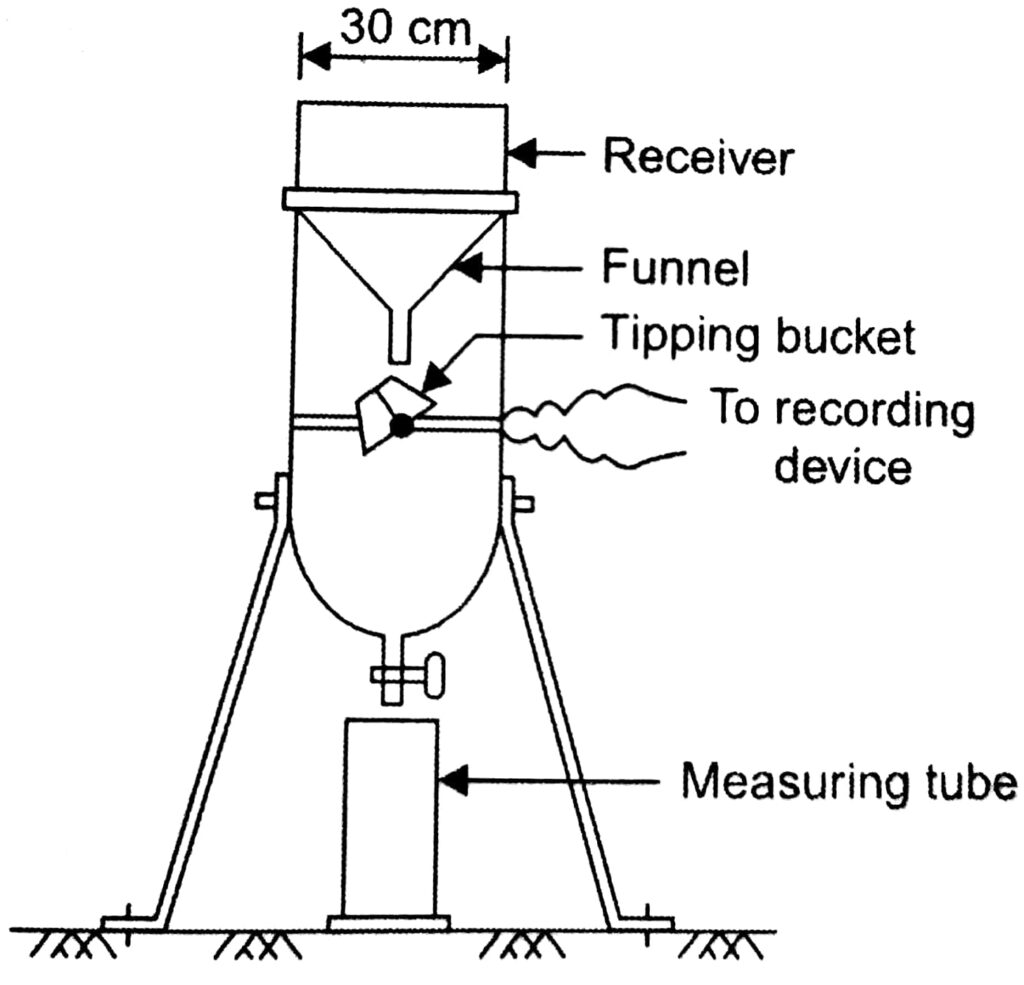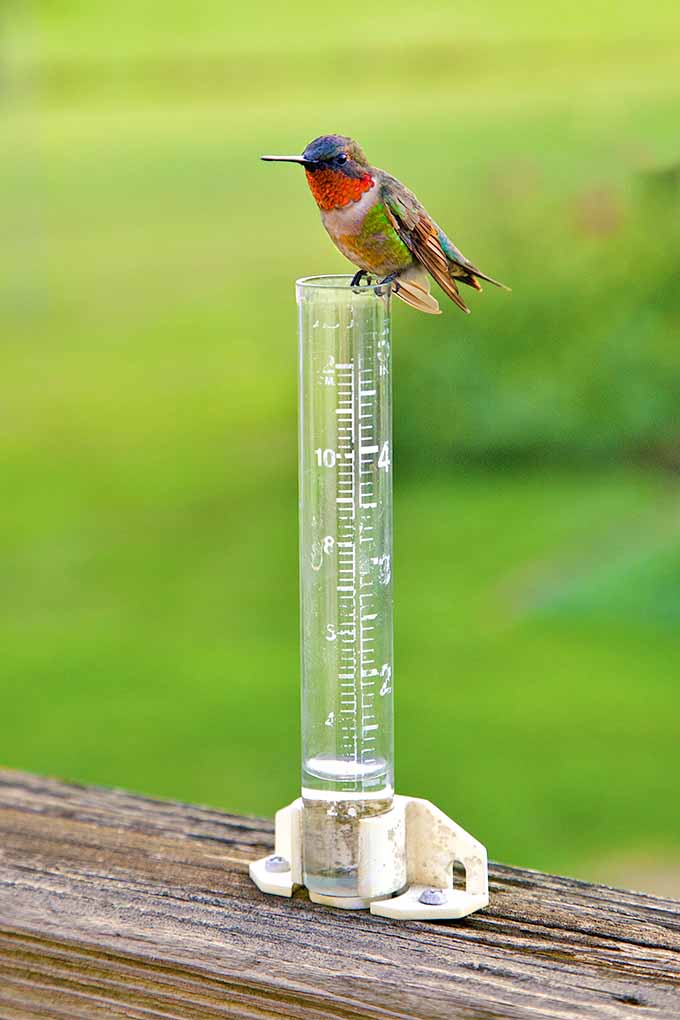How to Select the Right Rain Gauge for Reliable Precipitation Tracking
How to Select the Right Rain Gauge for Reliable Precipitation Tracking
Blog Article
Checking Out the Evolution of Rain Assesses: From Traditional to Smart Tools for Enhanced Precision in Rainfall Dimension
The measurement of rainfall has actually been a basic aspect of weather forecasting for centuries, shaping our understanding of climate patterns and environment trends - rain gauge. From the very early hand-operated rain evaluates to the extra recent introduction of wise devices, the evolution of rain measurement devices has been a journey noted by development and accuracy. By tracing the innovations in rain scale innovation from typical versions to the innovative clever devices of today, we can get beneficial understandings right into how these growths have actually transformed the way we accumulate and assess rains data
Very Early Guidebook Rain Gauges
Throughout classical times, fundamental vessels were utilized to measure rains manually, marking the very early origins of rain gauges. These very early rainfall evaluates were simple containers positioned in open locations to gather rain. The gathered water was then by hand determined using markings on the container to identify the amount of rainfall that had actually taken place within a details period.
Although these manual rain determines worked in supplying a fundamental understanding of rainfall patterns, they were restricted in precision and precision. Factors such as wind, evaporation, and spillage can affect the measurements, leading to potential errors in the tape-recorded information.

Despite their limitations, early hands-on rainfall gauges played an essential function in the growth of more sophisticated rain dimension devices. The concept of gathering and gauging rains laid the foundation for the development of advanced rainfall determines that utilized clinical concepts to provide more precise and reliable data. This advancement ultimately caused the advancement of modern rainfall assesses efficient in recording specific dimensions in numerous ecological conditions.
Development of Mechanical Rain Scales
The progression from very early manual rain gauges to a lot more advanced mechanical rainfall measurement gadgets marked a considerable leap in the advancement of rain scale modern technology. Mechanical rain assesses, likewise recognized as tipping bucket rain assesses, operate on a basic yet reliable principle.
Mechanical rainfall gauges are commonly made from sturdy materials like stainless-steel or plastic, making certain longevity and dependability also in severe climate conditions. With improvements in technology, contemporary mechanical rainfall gauges can also be outfitted with electronic sensors to send real-time information wirelessly to data collection systems. This combination of mechanical effectiveness and electronic connection has made mechanical rain evaluates a prominent choice for atmospheric stations, study establishments, and agricultural applications where exact rains dimensions are vital for decision-making processes.
Intro of Electronic Rain Scales

Electronic rain determines offer substantial advantages over traditional mechanical imp source determines, including greater accuracy, the capacity to measure smaller sized increments of rainfall, and decreased maintenance demands. By leveraging digital elements like tipping pails or acoustic sensing units, these devices can provide in-depth info on rainfall intensity, period, and distribution patterns with enhanced integrity.
Additionally, the integration of electronic rainfall assesses into climate surveillance networks allows the collection of big volumes of information for evaluation and projecting objectives. This information can be made use of to boost anticipating designs, enhance early warning systems for extreme weather condition events, and assistance climate study efforts. Generally, the introduction of digital rainfall evaluates stands for a critical innovation in the field of weather forecasting, promoting a lot more comprehensive and specific rainfall measurement capabilities.
Shift to Wireless Rainfall Assesses
Progressing past traditional methods, meteorological instrumentation has gradually changed in the direction of wireless rain assesses for enhanced data collection and transmission. These ingenious tools make use of wireless technology to transmit real-time rainfall data to centralized systems, providing meteorologists and scientists prompt accessibility to exact and dependable info. The shift to wireless rain assesses gets rid of the requirement for hand-operated information collection, reducing human mistake and boosting performance in keeping an eye on precipitation Click Here patterns.
Wireless rainfall determines are equipped with sensors that can find also the smallest quantity of rains, supplying specific measurements for much better evaluation and projecting. The smooth combination of these determines right into existing weather condition surveillance networks enables for comprehensive data collection across different geographical areas, allowing a more detailed understanding of rains distribution and strength.
Additionally, the wireless ability of these rain assesses enables remote surveillance in hard-to-reach or dangerous locations, expanding the range of rainfall dimension in tough atmospheres. With their capacity to improve information transmission and improve accuracy, cordless rain assesses stand for a considerable advancement in atmospheric technology, improving the precision and dependability of rainfall measurement for clinical research study and functional projecting.
The Age of Smart Rainfall Evaluates
Arising as a critical development in atmospheric instrumentation, clever rainfall gauges incorporate cutting-edge technology for improved information collection and analysis. These ingenious tools are geared up with sensing units that can gauge not only the amount of rains yet likewise added parameters such as intensity, period, and also drop dimension circulation. By leveraging wireless connectivity, clever rainfall gauges can send real-time information to atmospheric stations, giving instant access to exact rainfall measurements.
Among the key attributes of smart rain determines is their capability to autonomously change for ecological variables that may influence the accuracy of traditional rain assesses, such as wind disturbance or evaporation. This self-correction mechanism makes sure that the information accumulated is much more dependable and constant, causing enhanced projecting versions and better-informed decision-making in various markets like farming, water source monitoring, and metropolitan planning. The assimilation of man-made intelligence and machine discovering algorithms in clever rainfall gauges permits for sophisticated data evaluation, pattern recognition, and projecting abilities, further boosting my website their utility in modern-day meteorology.
Verdict

From the early manual rain gauges to the more current intro of clever tools, the development of rainfall measurement tools has been a trip noted by advancement and precision.The progression from early hand-operated rainfall assesses to a lot more sophisticated mechanical rain dimension tools marked a significant leap in the advancement of rainfall gauge technology. Mechanical rainfall assesses, likewise known as tipping bucket rainfall assesses, operate on a simple yet reliable concept.One of the essential features of clever rain gauges is their capacity to autonomously change for environmental variables that might affect the precision of conventional rain assesses, such as wind interference or dissipation.In final thought, the evolution of rainfall evaluates has actually advanced from very early hands-on devices to electronic and mechanical versions, eventually leading to the growth of wireless and clever rain gauges.
Report this page